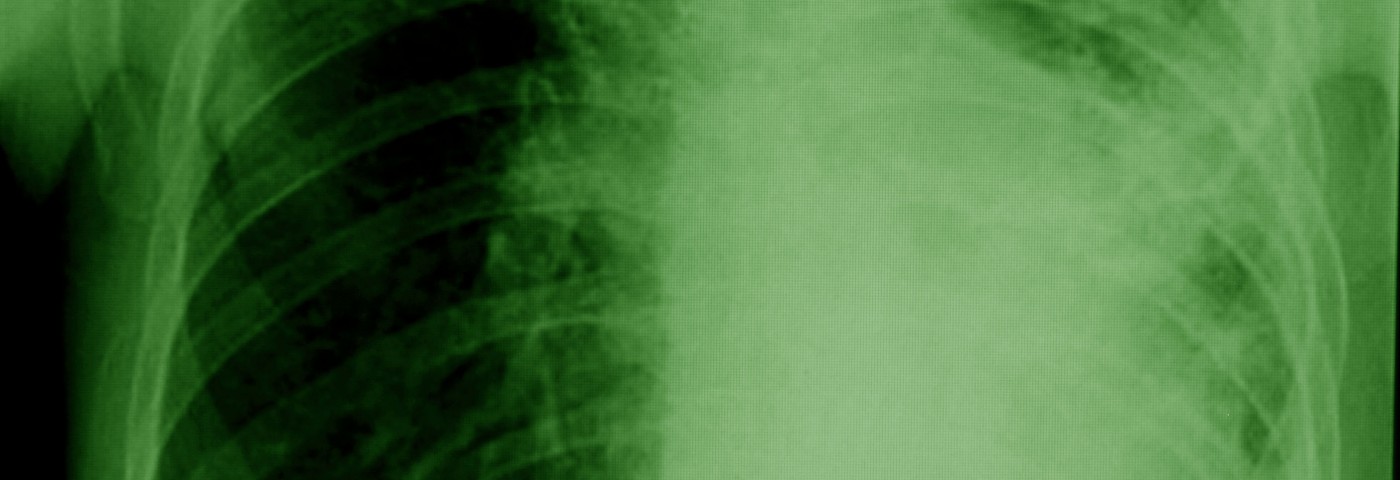A doctor with the Institute of Occupational Medicine at Charite University Hospital in Berlin contends that unfair requirements are being used to deny mesothelioma patients compensation due to asbestos exposure, and misleading scientific “facts” about asbestos are continuing to expose workers to the damaging fibers.
Dr. Xavier Bauer’s article, “Asbestos: Socio-legal and Scientific Controversies and Unsound Science in the Context of the Worldwide Asbestos Tragedy – Lessons to be Learned,” was published in the German medical journal Pneumologie.
Exposure to asbestos, a group of minerals that occurs naturally as fiber bundles in soil and rocks, is the leading cause of malignant mesothelioma, especially pleural mesothelioma, a rare and aggressive cancer that starts in the specialized cells that line body organs and structures. Occupational exposure, especially among men, is thought to account for the majority of malignant mesothelioma cases. However, exposure is not always easy to detect because of the disease’s long latency (typically, 30 years), and because workplace exposure may be unexpected.
Dr. Bauer, an occupational medicine specialist, uses the article to highlight what he calls inaccurate and unfair scientific premises and legal practices being applied to cases of potential occupational asbestos exposure by mesothelioma patients. He specifically emphasizes the dangerous and absurd requirement that a person must have a certain number of asbestos fibers in the lung to prove asbestos as the cause of the cancer.
“Although the validity of such evidence has been discredited by independent scientists, it is still used as evidence by an influential US pathology department,” Dr. Bauer wrote.
In newly industrialized countries like South Africa and Brazil, he wrote, white asbestos (chrysotile) is being promoted as less harmful than other forms, possibly because white asbestos is the most commonly used type of asbestos worldwide.
“The overwhelming majority of the evidence points to the fact that all types of asbestos can trigger mesothelioma and that no level of exposure is ‘safe,’” Alex Strauss, managing editor of Surviving Mesothelioma, which reported on the article, said in a press release. “But, as Dr. Bauer observes, dangerous economically-driven misinformation about asbestos persists.”


